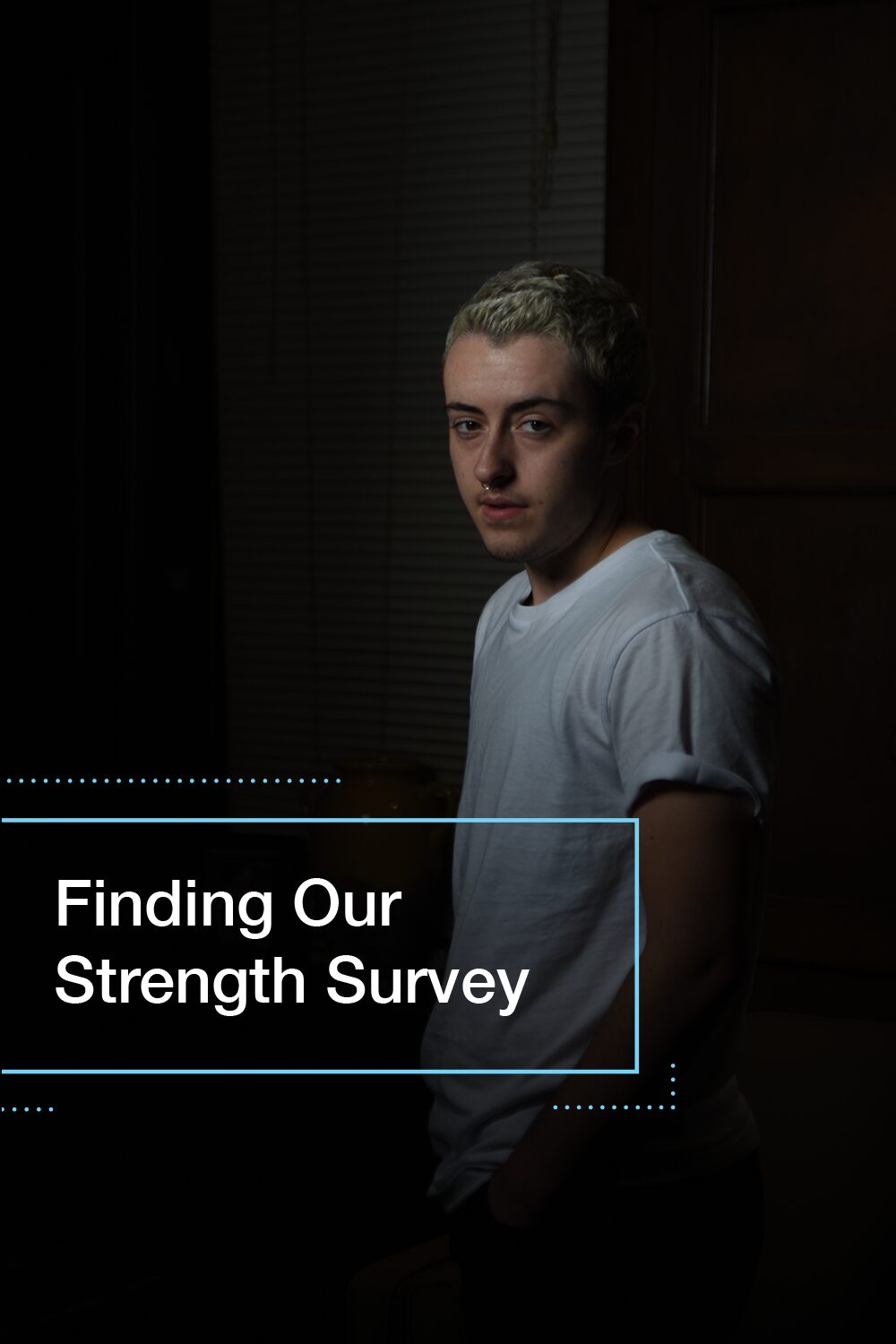Trans/ Gender Diverse Experiences with Discrimination Worry and Actions Taken to Cope
Findings from a U.S. Survey of Transgender/Gender Diverse Adults: Experiencing Discrimination Worry in Daily Life and Actions Taken to Cope.
Finding Our Strength Survey
Led by transgender/gender diverse community researchers, Finding Our Strength explores the daily experiences and resilience of our community. Learn more about the landmark survey that established Transcend the Binary’s community-led methodology for research and program development.
Key Insights from the Report
Discover the impact of discrimination worry on the U.S. transgender/gender diverse community and the coping strategies individuals use.
Discrimination Worry
Discrimination worry is pervasive across all settings studied.
Health Associations
Discrimination worry is assoicated with greater anxiety and lower self-reported health. Low family support was also correlated with anxiety, depression, and lower self-reported health.
Coping Responses
Individuals use both active and passive coping responses to discrimination worry. Blending active and passive, or predominantly active responses, was associated with more positive health status.
Gender Affirmation
Taking steps to affirm ones gender was assoicated with more positive health status.
Download the Full Report
Discover the comprehensive findings of the Finding Our Strength survey. Download the full report to explore key insights and data that can drive positive change in healthcare for transgender and gender diverse communities.


![Community-Engaged Research & Community-Centered Care Misiolek, B. A., Kwabena, A. N., & Perone, A. (2019, June). Building community participatory research. [Panelist, conference session.] Karmanos (2)](https://www.transcendthebinary.org/wp-content/uploads/2017/10/Community-Engaged-Research-Community-Centered-Care-Misiolek-B.-A.-Kwabena-A.-N.-Perone-A.-2019-June.-Building-community-participatory-research.-Panelist-conference-session.-Karmanos-2.png)